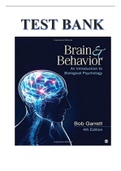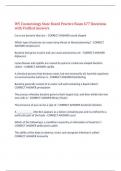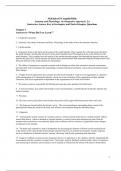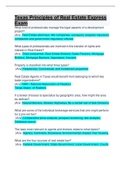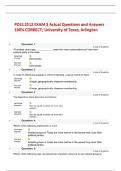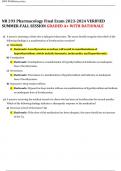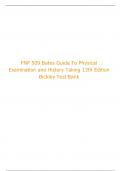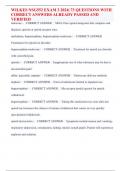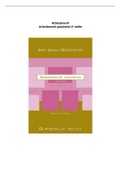Exam (elaborations)
Brain and Behavior An Introduction to Biological Psychology,4th Edition Bob Garrett’s Test Bank
- Course
- Institution
- Book
Brain and Behavior An Introduction to Biological Psychology,4th Edition Bob Garrett’s Test Bank Table of Content CHAPTER 1. What Is Biopsychology? PART I. Neural Foundations of Behavior: The Basic Equipment CHAPTER 2. Communication Within the Nervous System CHAPTER 3. The Organization an...
[Show more]
